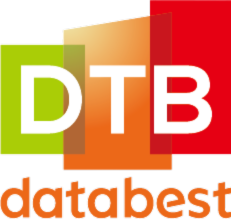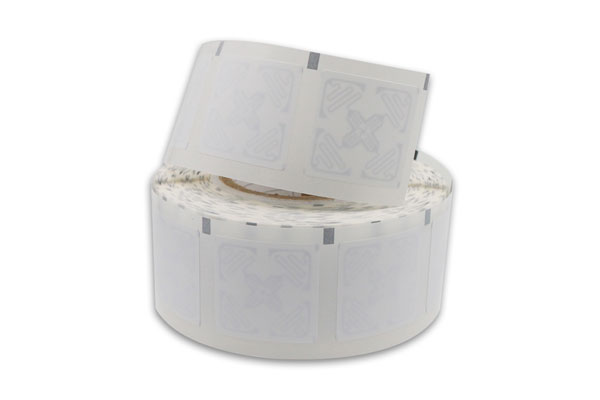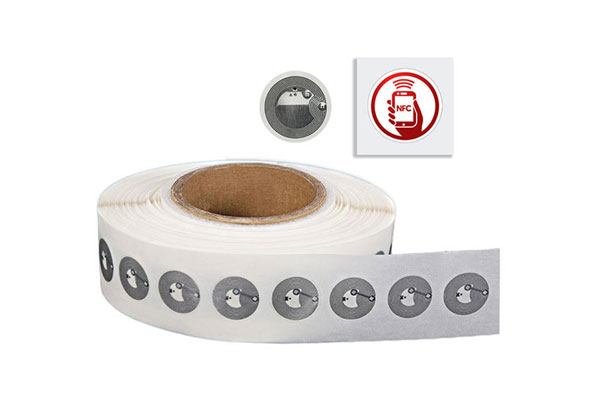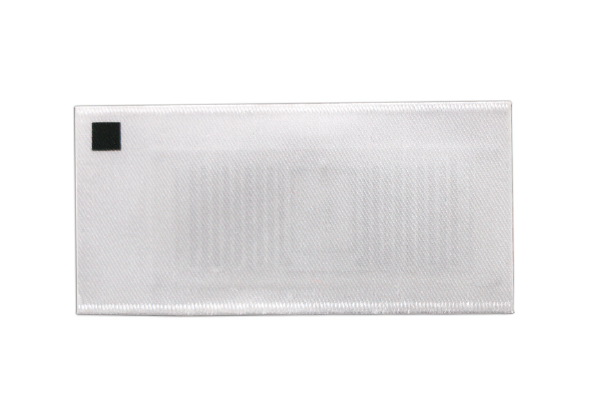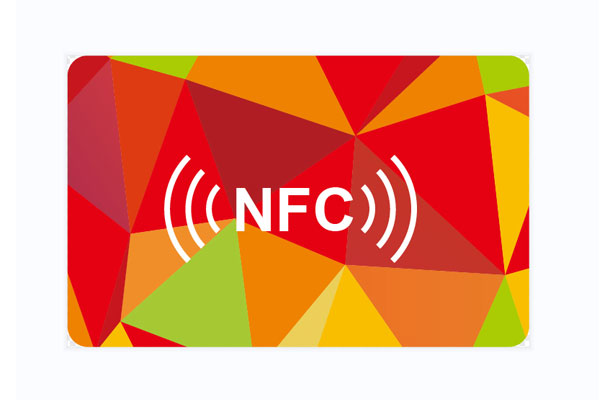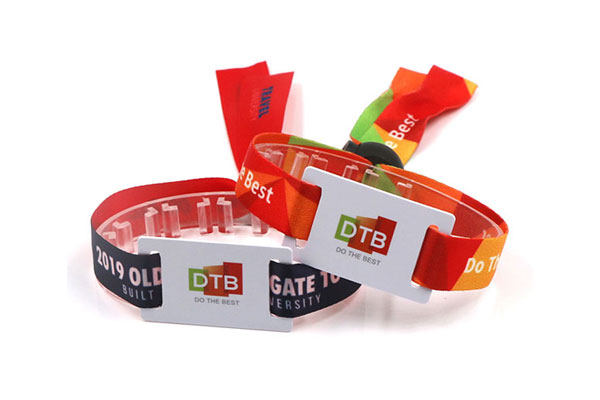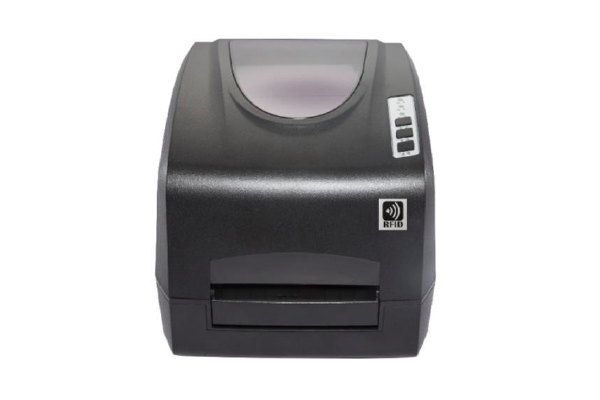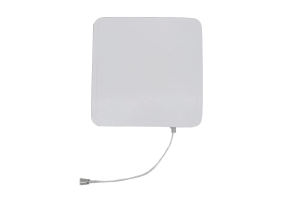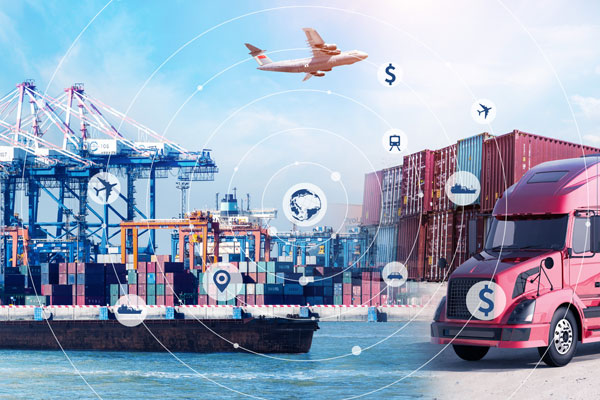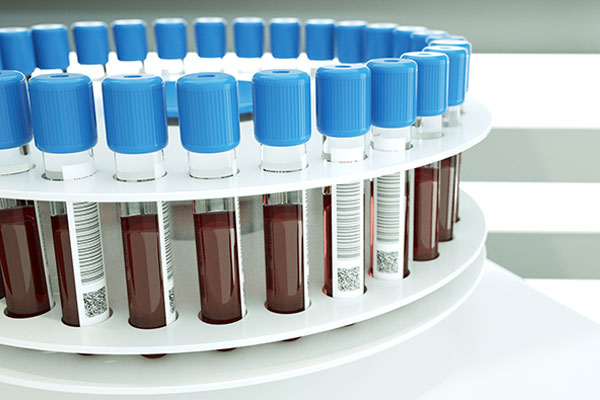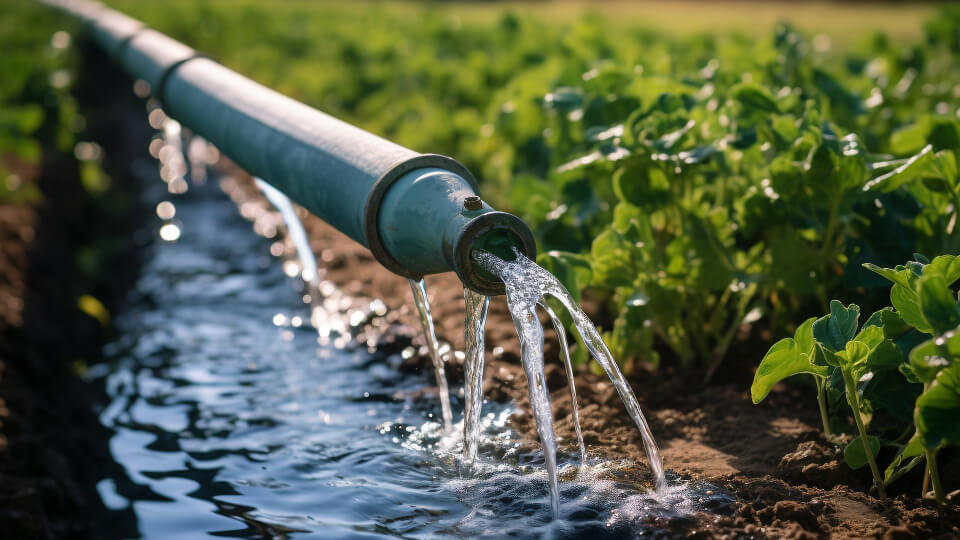Water is the lifeblood of agriculture, yet the challenges of over-irrigation and inefficient water use are significant in many regions around the world. RFID technology, long used in inventory and asset management, now offers a new solution for agriculture: real-time, precise monitoring of soil moisture levels that inform drone-based irrigation strategies.
The integration of RFID in this context means that data is continuously gathered from the field, processed, and used to adjust irrigation schedules on the fly. This level of precision helps ensure that crops receive just the right amount of water, promoting healthy growth while conserving resources.
Understanding RFID Technology in Agriculture
In agriculture, RFID tags can be embedded with sensors that measure various environmental parameters. There are two primary types of RFID tags used in agricultural settings:
Passive RFID Tags:
These do not have their own power source and rely on the energy from the RFID reader’s signal. Passive tags are lightweight, inexpensive, and have a long lifespan. They are ideal for long-term soil monitoring where maintenance must be minimal.
Active RFID Tags:
These contain their own battery power, allowing for a longer read range and more complex data storage. However, they are more costly and require periodic battery replacement.
Soil Moisture Detection Using RFID
The deployment of RFID sensors in the soil allows for real-time monitoring of moisture content. Here’s how the process typically works:
Installation: RFID sensors are placed at various depths in the soil across different parts of the farm. Their positions are strategically chosen based on the type of crop and the variability of the field.
Data Collection: These sensors collect data on soil moisture, temperature, and even electrical conductivity. The collected data is then transmitted to RFID readers placed in the vicinity, which may be stationed at fixed points or mounted on mobile platforms.
Data Integration: The information gathered by the sensors is transmitted to a centralized system, often part of a broader Internet of Things (IoT) network. This allows for aggregation, analysis, and visualization of the data in near real-time.
The Advantages of RFID in Soil Monitoring
Precision and Accuracy:
By providing continuous, localized data, RFID sensors help to eliminate the guesswork in traditional irrigation practices. This leads to more efficient water usage and healthier crop growth.
Cost-Effectiveness:
The use of passive RFID tags, in particular, minimizes ongoing maintenance costs. Their long lifespan and lack of a need for batteries make them a sustainable choice for extensive field deployments.
Scalability:
RFID systems are highly scalable. Whether it’s a small family farm or a large commercial operation, the same technology can be adapted to suit various scales of operation.
Integration with Other Technologies:
RFID data can be easily combined with other technological inputs such as satellite imagery, weather forecasts, and machine learning algorithms. This integration further refines the accuracy of irrigation decisions.
How the Integration Works
Centralized Data Management:
At the heart of the system is a centralized platform that collects and analyzes data from RFID sensors deployed in the soil. This platform uses algorithms to determine the moisture levels of different zones within a field.
Automated Triggering:
When the data indicates that certain areas fall below the optimal moisture threshold, the system automatically schedules a drone flight over those areas. The drone’s onboard computer receives the precise coordinates and the required volume of water for each zone.
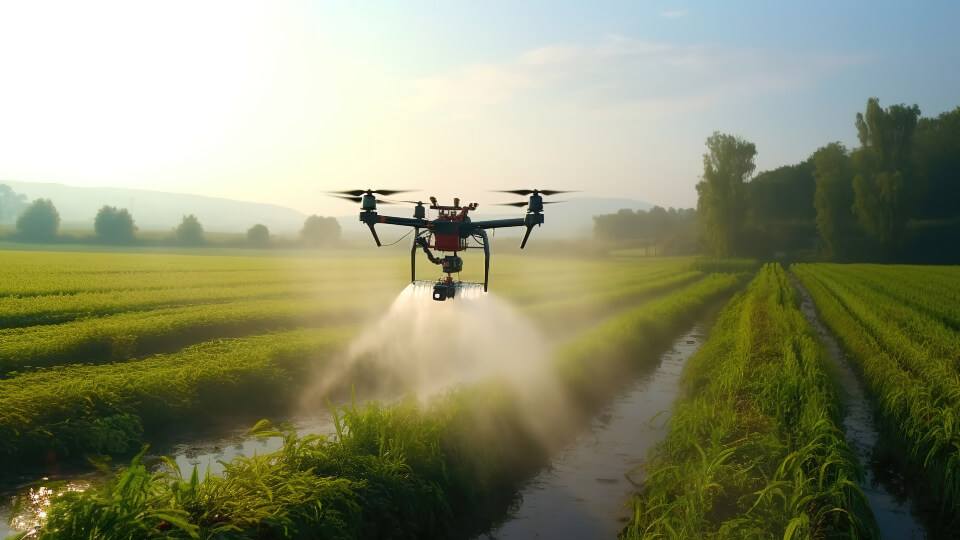
Feedback Loop:
After irrigation, the RFID sensors continue to monitor the soil moisture. This creates a feedback loop where the effects of the irrigation are immediately observed, allowing the system to fine-tune future irrigation schedules. This adaptive system ensures that water application is always optimized for current field conditions.
Advantages of a Fully Integrated System
Optimized Water Use:
The integration ensures that water is used only where it is needed, reducing wastage and lowering costs.
Enhanced Crop Health:
By maintaining optimal soil moisture, crops are less stressed, which can lead to higher yields and better quality produce.
Sustainability:
Efficient water management contributes to sustainable farming practices, conserving water resources and reducing the environmental impact of agriculture.
Challenges and Considerations
While the benefits are substantial, there are still challenges and considerations that need to be addressed:
Initial Investment Costs:
The setup cost for an integrated RFID and drone irrigation system can be high. Although long-term savings and efficiency gains can offset this, the initial outlay may be a barrier for smaller farms.
Technical Complexity:
The integration of multiple technologies—RFID sensors, IoT networks, drone platforms, and data analytics—requires a robust technical infrastructure and expertise that may not be readily available in all agricultural communities.
Environmental Factors:
Soil conditions, weather variations, and interference from other electronic devices can affect the performance of RFID sensors. It is essential to calibrate systems carefully to ensure accurate readings.
Regulatory and Safety Issues:
The use of drones in agriculture is subject to regulations that vary by region. Ensuring compliance with local laws, as well as maintaining the safety of flight operations, is crucial.
In a world where every drop of water counts, the marriage of RFID-based soil moisture monitoring and drone-assisted irrigation offers a glimpse into a future where farming is as precise as it is sustainable. The ongoing developments in sensor technology, coupled with advanced data analytics, promise a new era of agriculture—one where technology and nature work in concert to nurture the land, conserve resources, and feed a growing global population.
